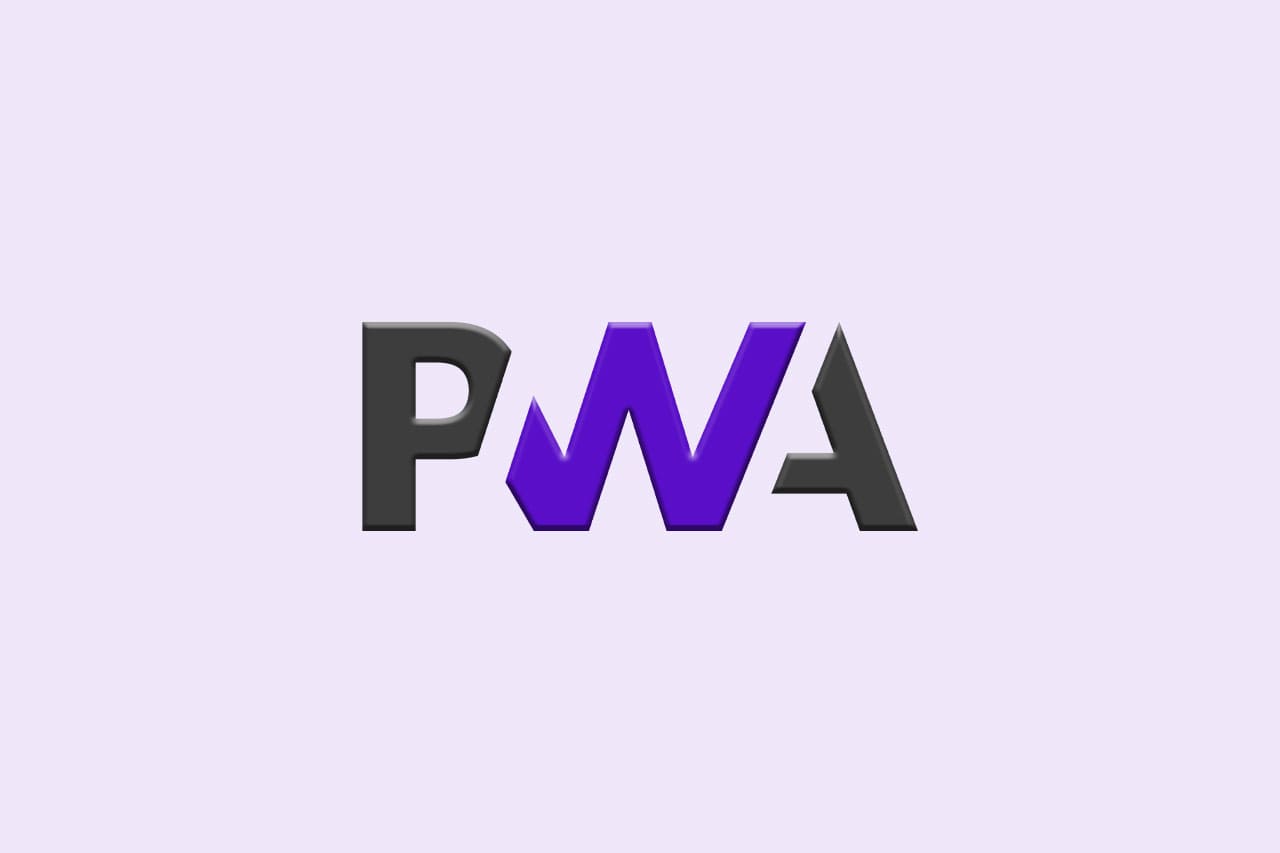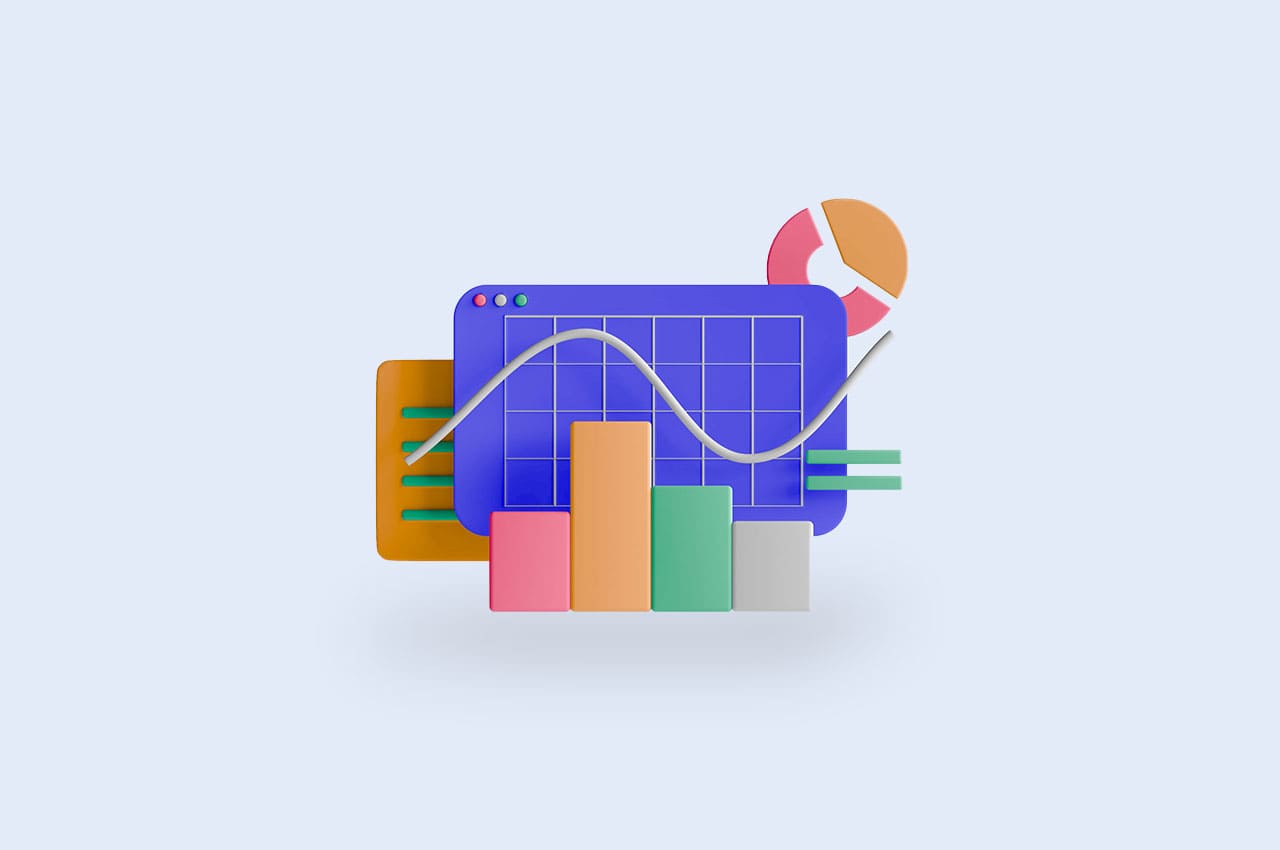What is Progressive Web Apps (PWA) & its Key Features & Benefits in 2024

In the ever-evolving landscape of technology, web development has undergone a significant transformation with the advent of Progressive Web Apps (PWAs). These innovative applications are changing the game by combining the best of both web and mobile experiences.
In this blog post, we’ll delve into the world of PWAs, exploring their features, benefits, and the impact they are making on user engagement.
Key Features of Progressive Web Apps:
Progressive Web Apps are a type of web application that offers a native app-like experience while retaining the accessibility and flexibility of a traditional website. PWAs leverage modern web capabilities to provide users with a seamless experience across devices and networks.
Key features include:
- Responsive Design: PWAs are crafted with responsiveness in mind, ensuring a uniform and user-friendly experience across a diverse range of screen sizes and devices.
- Offline Functionality: Notably, PWAs exhibit an impressive capability to operate offline. Utilizing service workers, these applications can intelligently cache essential resources, empowering users to access content seamlessly even in the absence of a reliable internet connection.
- App-like Experience: PWAs offer a native app-like feel with smooth animations, transitions, and a home screen icon for quick access. Users can interact with PWAs just like they would with a traditional mobile application.
- Improved Performance: PWAs are optimized for speed and performance, loading quickly and providing a smooth user experience. This is accomplished through methods such as deferred loading and effective resource caching.
To read more about the features of HTMX, refer to our blog Top 5 Features of HTMX in 2024
Benefits of Progressive Web Apps:
- Cross-Platform Compatibility: PWAs eliminate the need for separate development for different platforms. A unified codebase can cater to users across different devices and operating systems, thereby cutting down on development time and expenses.
- Enhanced User Engagement: The seamless and responsive design of PWAs, coupled with offline functionality, leads to increased user engagement. Users can access content instantly and enjoy a consistent experience whether they are online or offline.
- Easy Installation: PWAs can be added to the user’s home screen with just a few clicks, bypassing the need for app store downloads and installations. This frictionless process encourages users to adopt PWAs more readily.
- Cost-Effective Development: Developing a PWA is often more cost-effective than building separate native apps for different platforms. Maintenance is streamlined, as updates can be deployed universally.
Use Cases & Success Stories:
Several major companies and platforms have embraced PWAs, showcasing their effectiveness across diverse industries. Notable examples include Twitter, Pinterest, and Starbucks. These organizations have noted considerable enhancements in user engagement, conversion rates, and overall performance after the implementation of PWAs
Hello World Example:
Now, let’s take a practical step and create a simple “Hello World” Progressive Web App to illustrate the basic structure and configuration:
<!-- Your "Hello World" PWA Code -->
<!DOCTYPE html>
<html lang="en">
<head>
<meta charset="UTF-8">
<meta name="viewport" content="width=device-width, initial-scale=1.0">
<title>Hello PWA</title>
<!-- Link to the manifest file for PWA configuration -->
<link rel="manifest" href="/manifest.json">
</head>
<body>
<h1>Hello, Progressive Web App!</h1>
<!-- Your content goes here -->
<!-- Add your PWA-specific elements and features as needed -->
</body>
</html>Manifest File (manifest.json):
{
"name": "Hello PWA",
"short_name": "HelloPWA",
"description": "Hello World - Progressive Web App",
"start_url": "/",
"display": "standalone",
"background_color": "#ffffff",
"theme_color": "#000000",
"icons": [
{
"src": "/icon.png",
"sizes": "192x192",
"type": "image/png"
}
]
}
This “Hello World” example showcases the basic structure and configuration of a Progressive Web App. Feel free to customize and expand upon this foundation to meet your specific requirements and create a powerful PWA experience for your users.
Conclusion:
In conclusion, Progressive Web Apps (PWAs) have emerged as a groundbreaking force in web development, effectively closing the divide between conventional websites and native mobile applications. The features and benefits discussed underscore the transformative power of PWAs in enhancing user experiences, boosting engagement, and streamlining development processes.
PWAs’ responsive design, offline functionality, app-like experience, and improved performance contribute to a seamless and enjoyable user journey across diverse devices. The cross-platform compatibility of PWAs significantly simplifies development efforts, making them a cost-effective and efficient choice for businesses aiming to reach a broad audience.
Furthermore, the success stories of major companies adopting PWAs serve as compelling evidence of their impact on user engagement, conversion rates, and overall performance. Twitter, Pinterest, and Starbucks have set the stage for a new era in web development, showcasing the tangible benefits that PWAs bring to the table.
The “Hello World” example provided demonstrates the simplicity and versatility of PWAs, offering a foundation for developers to build upon. As technology continues to evolve, embracing Progressive Web Apps opens up exciting possibilities for creating powerful and user-friendly web applications.
In essence, PWAs are not just a trend but a strategic approach to web development, offering a harmonious blend of accessibility, responsiveness, and efficiency. As businesses and developers explore the potential of PWAs, we anticipate a continued surge in their adoption, reshaping the digital landscape and setting new standards for user-centric applications. Embrace the future of web development with Progressive Web Apps and unlock a world of possibilities for your online presence.




